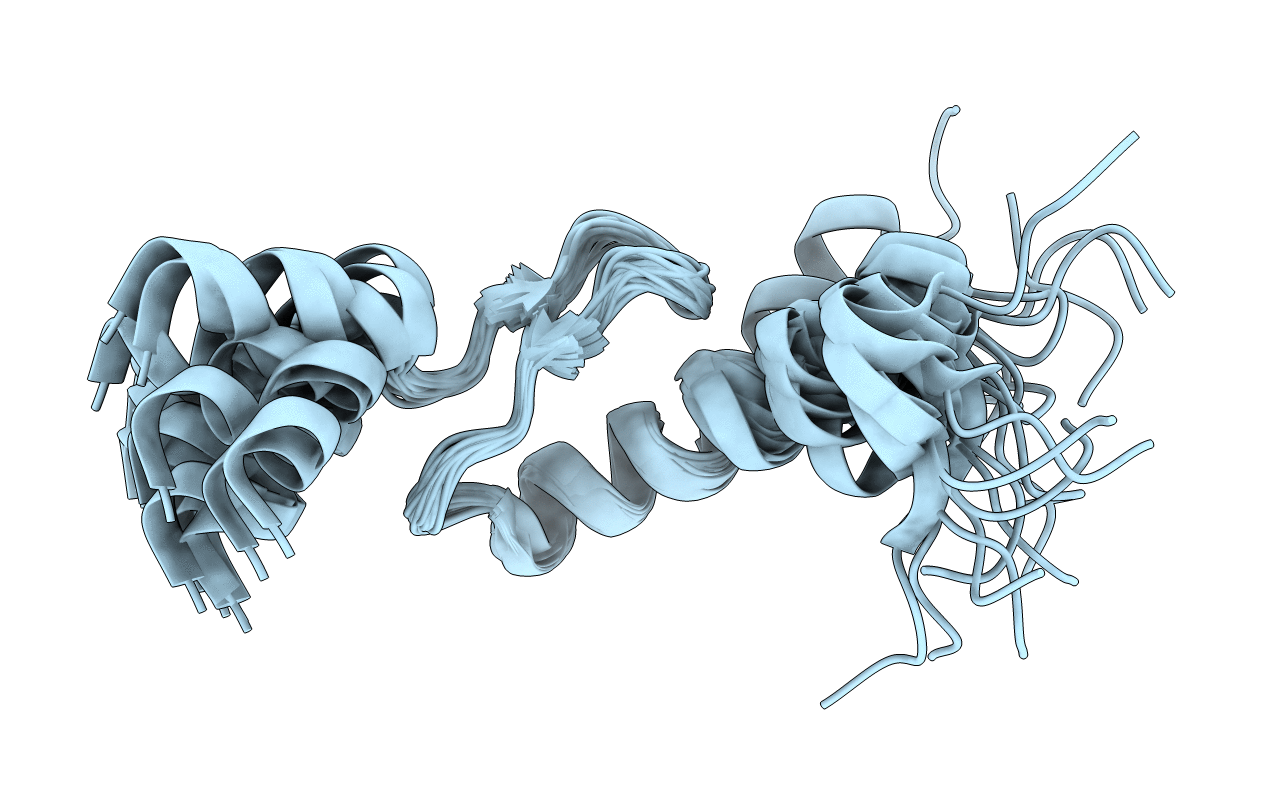
Deposition Date
2004-03-22
Release Date
2005-09-06
Last Version Date
2023-12-27
Entry Detail
PDB ID:
1VDI
Keywords:
Title:
Solution structure of actin-binding domain of troponin in Ca2+-free state
Biological Source:
Source Organism:
Gallus gallus (Taxon ID: 9031)
Host Organism:
Method Details:
Experimental Method:
Conformers Calculated:
20
Conformers Submitted:
20
Selection Criteria:
target function


